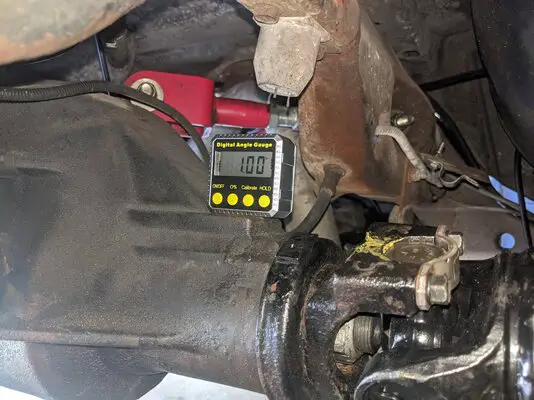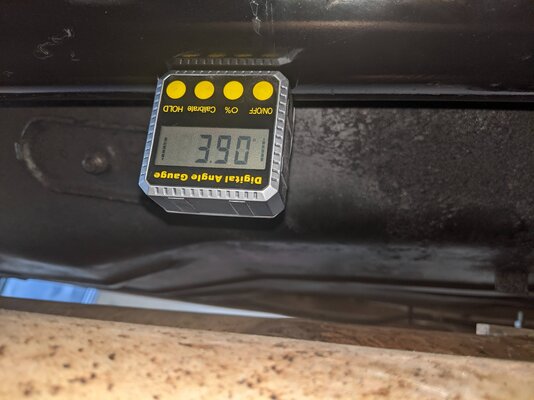So I've had a bear of a time getting rid of a driveline vibration in my '82 as long as I've had my T56 swap and could use some outside input. When I first did the swap I got a Gforce T56 specific crossmember and a set of adjustable rear upper control arms to get the pinion angle right. The shop I had set the pinion angle said they couldn't get the angle right even with the adjustable arms and ended up modifying the crossmember as well as the floor pan to shift the trans up. It didn't really fix the issue though so I moved onto other possibilities. Replacing a plethora of bushings as well as new driveshaft, wheels, and tires helped but hasn't ever solved it. This past year I rebuilt the T56 transmission that's in the car, rebuilt the rear end, and replaced the axles. This basically didn't help and the car still has a droning vibration from 75-85mph, but not so much above or below that. The vibration is also worst at coasting, its still there an acceleration and deceleration but not as bad. I've checked under the car with a stethoscope while it was jacked up, in gear and revved to 75ish mph to try and locate the source of the vibration but I can hear it basically equally in the trans and throughout the rear end. I even did the same with the rear wheels and rotors off with no difference so I've definitely narrowed it down to somewhere in the actual driveline of the car. I took it to another shop I know to see if they couldn't tackle this beast of an issue and they say that a 4 inch aluminum shaft is the way to go to try and fix the issue. My concern with this is the overall lack of clearance that comes with that large of a shaft, especially being that I use the truck to haul things on occasion. Also I'm not excited of the prospect of the increased NVH that comes with such a large aluminum shaft.
Does anyone have any ideas of other things I can check before going the 4inch driveshaft route?
Does anyone have any ideas of other things I can check before going the 4inch driveshaft route?
Last edited:





